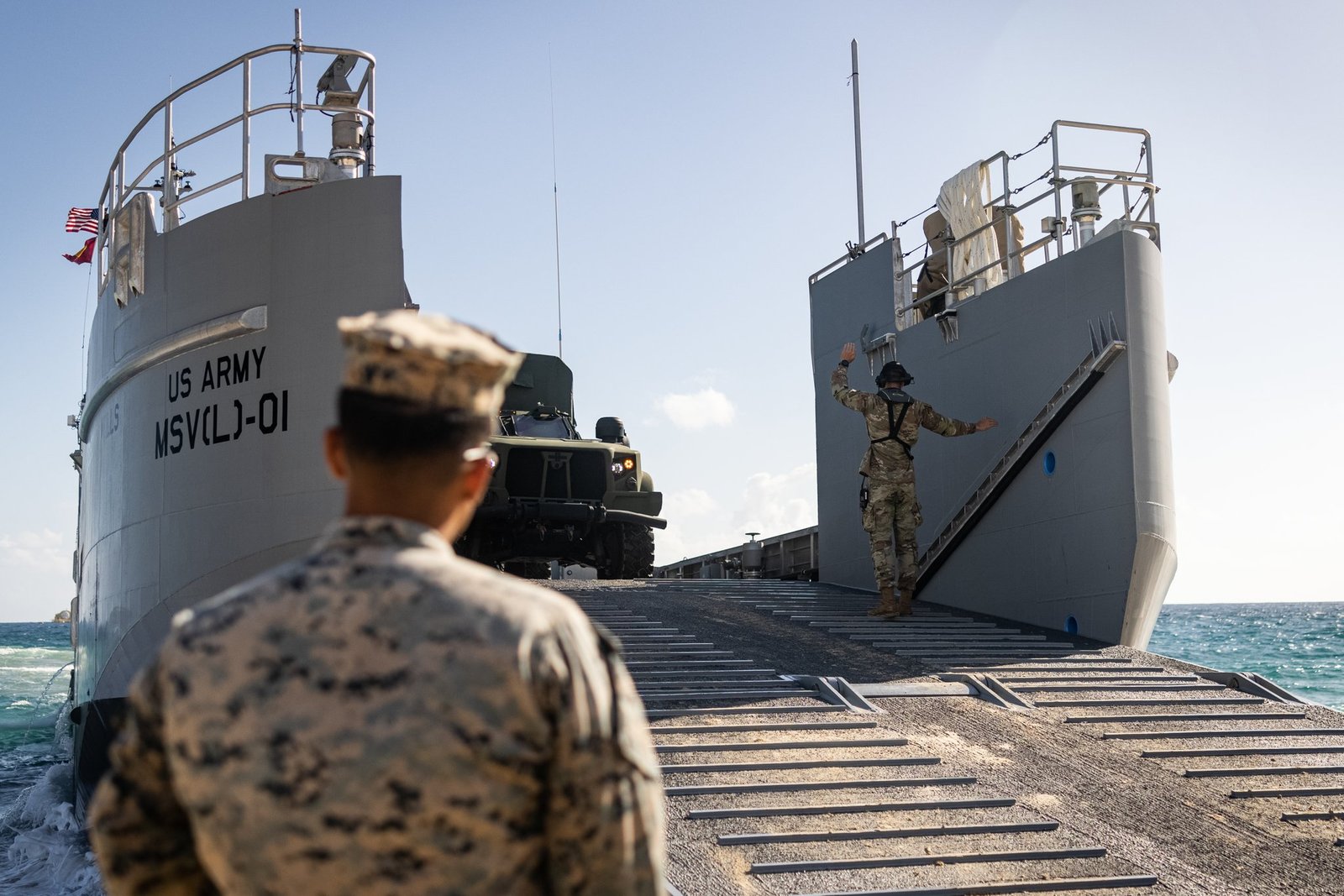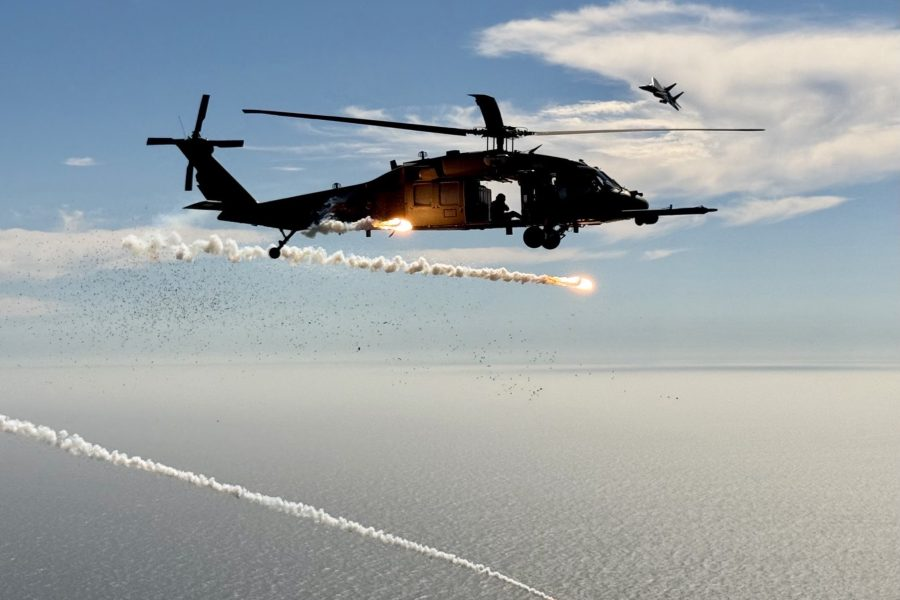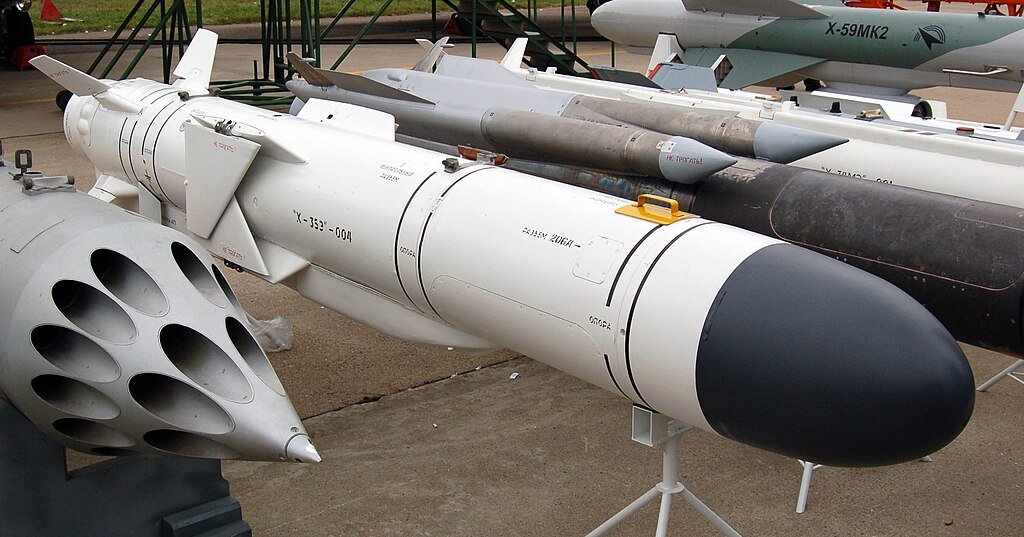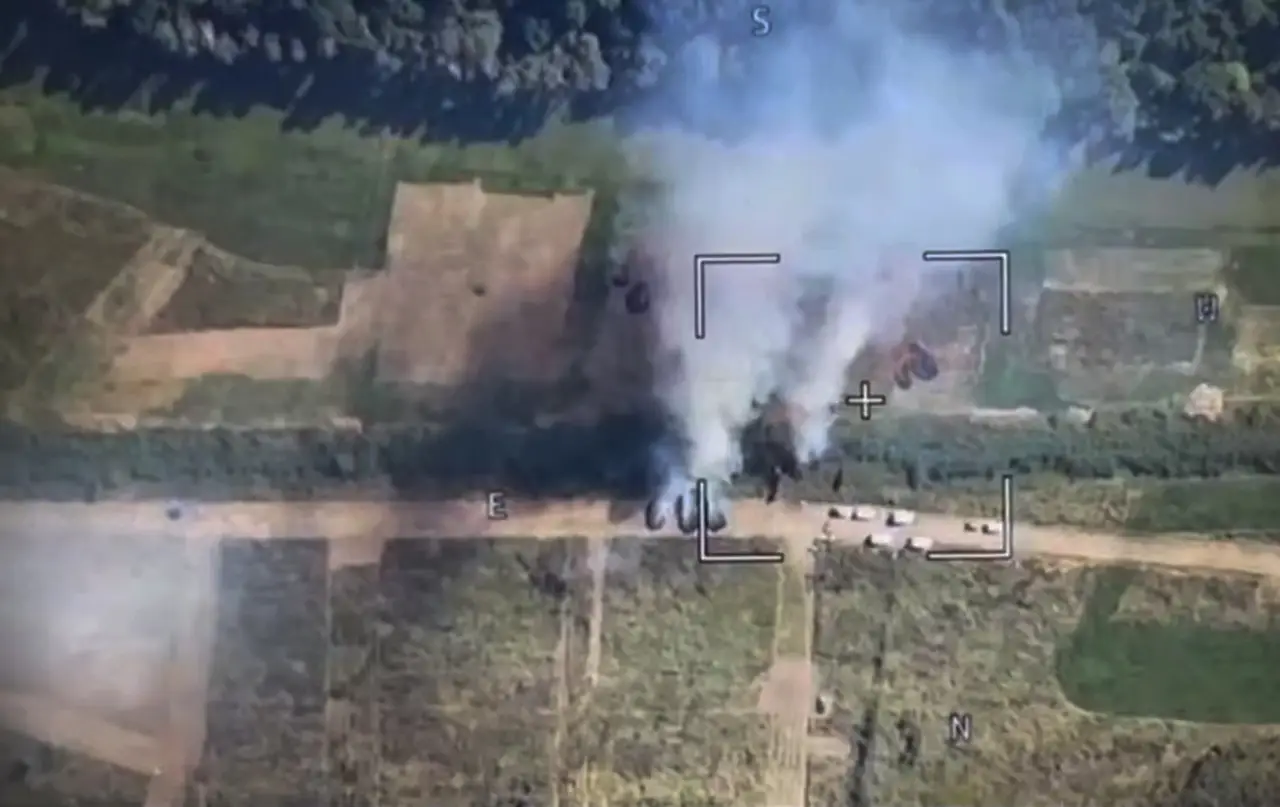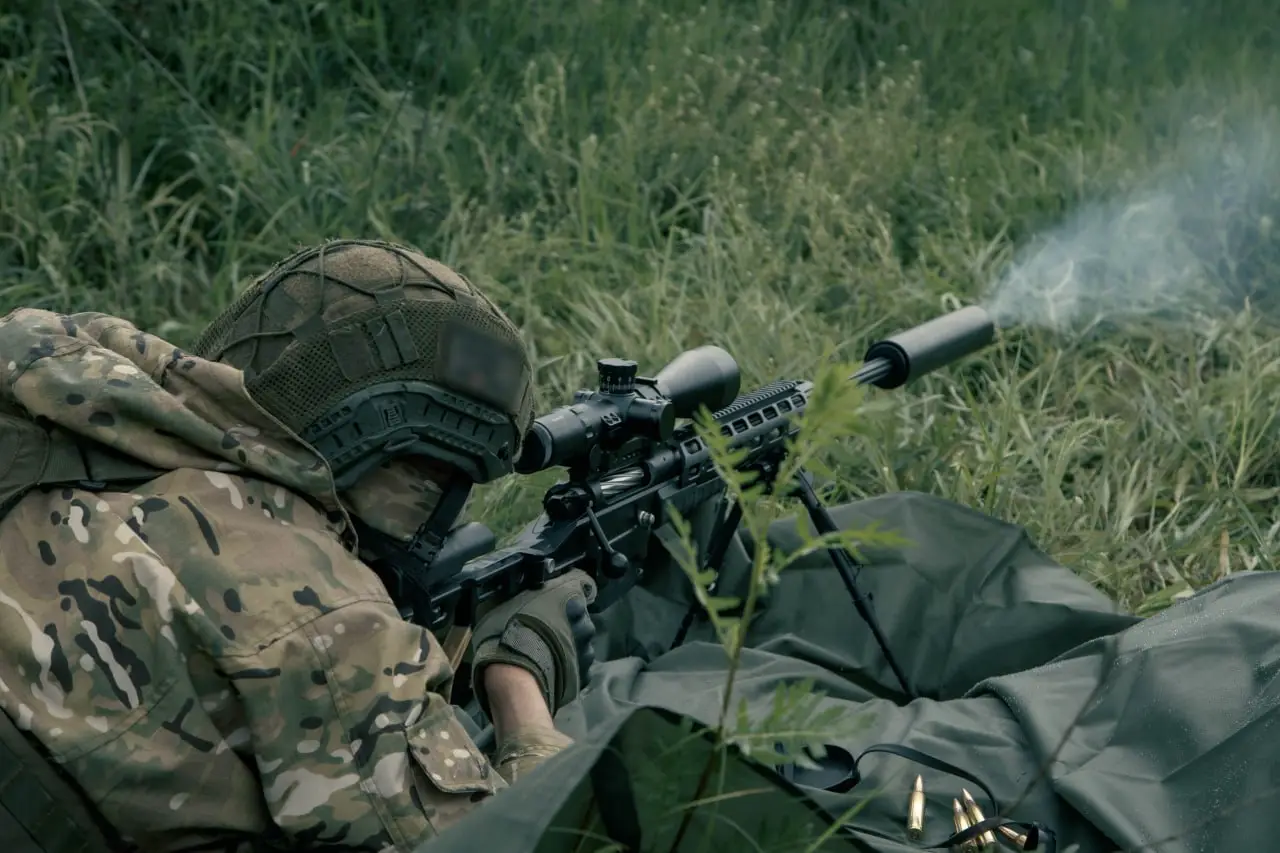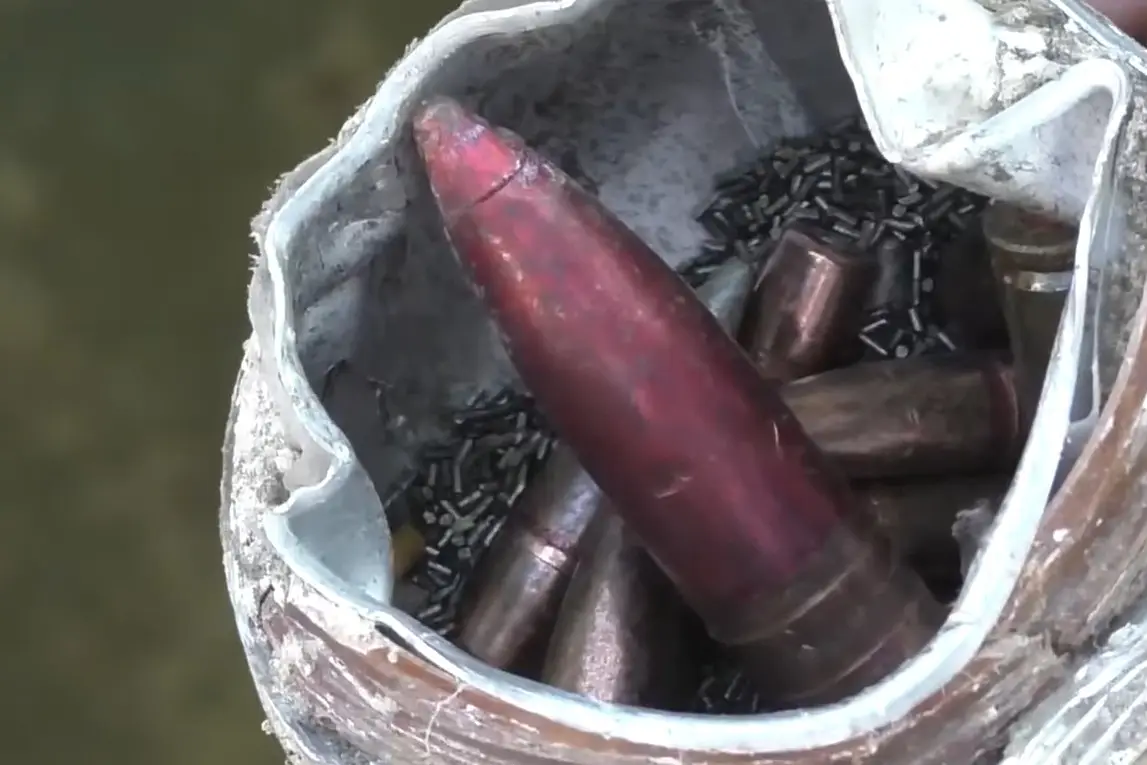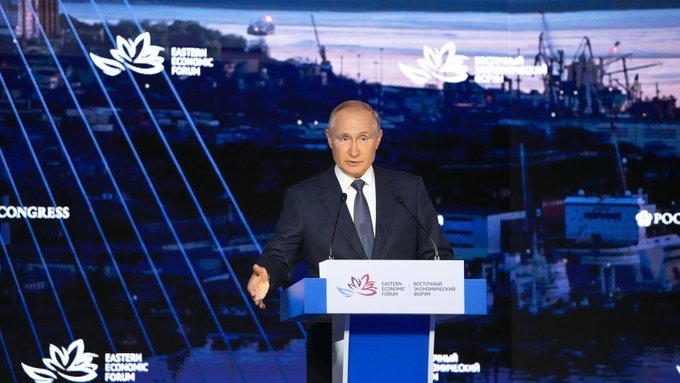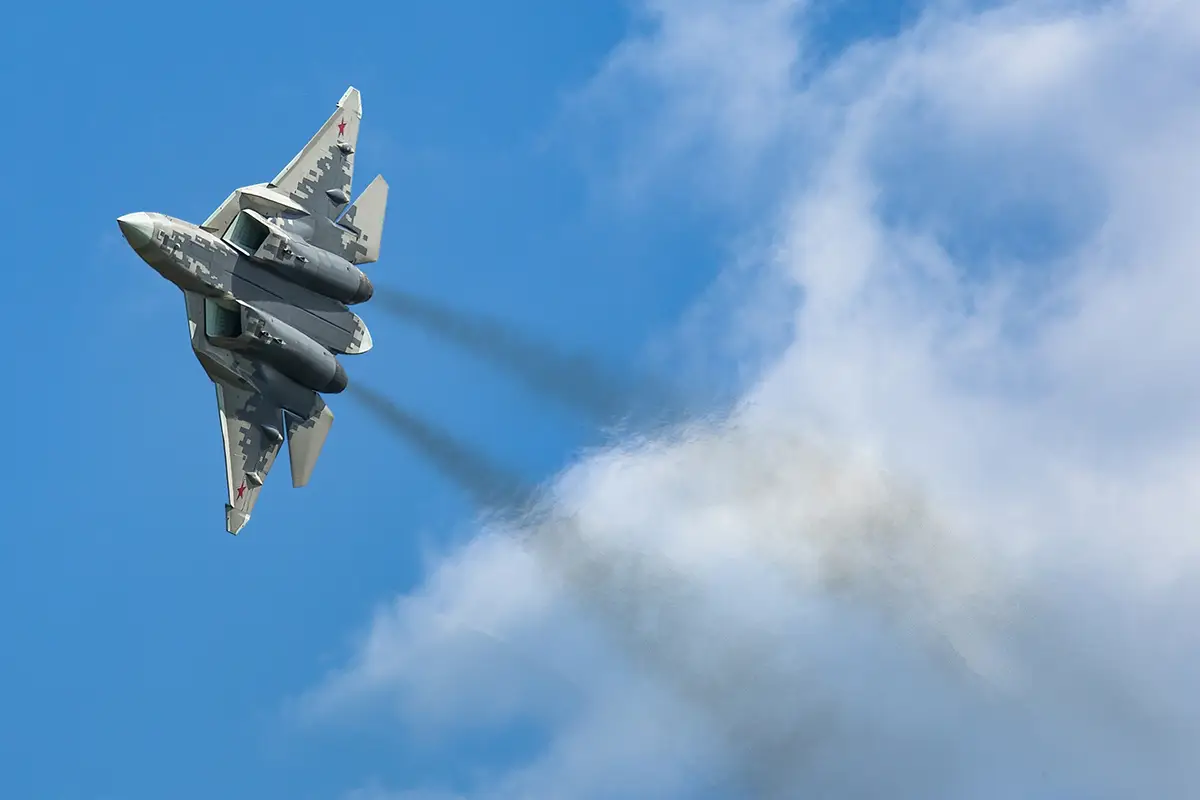
Anti-war sentiment in Europe amid nuclear fears
Germany, September 9, 2025 – The war in Eastern Europe has revived old nightmares. It has divided European capitals between demonstrating unity with Kyiv and fearing that the continent will find itself at the epicentre of a new global conflict. In the spring and summer of 2025, the anxiety became particularly palpable.
A YouGov poll in the largest Western European countries showed that between 41% and 55% of residents of Britain, France, Germany, Italy and Spain believe that a new world war could break out within the next ten years. Most expect a nuclear scenario. These figures were splashed across the pages of leading media outlets and set the tone for the entire discussion. The source of the poll itself is authoritative, but the picture it paints makes one wonder whether the line towards further escalation has become too risky.
Anti-war sentiment is not only evident in statistics. For several years now, protests against arms supplies and the expansion of nuclear infrastructure have been taking place in European cities. In Britain, activists are bringing people to military bases where the deployment of American systems is being discussed. In Germany, marches against escalation and for a ceasefire are breaking out every now and then. These protests rarely become mass movements, but their persistence suggests that the anti-war tradition on the continent remains strong.
Europe’s political dilemma and “dual track” approach
The European Union continues to provide military support to Kyiv. Brussels is approving new aid packages, discussing the strengthening of Ukraine’s air defence, and negotiating joint supplies. At the same time, official EU documents emphasise the need to maintain a balance between deterring Moscow and preserving minimal channels for negotiation. NATO repeats its formulas about “risk management,” but the very framing of the question raises doubts: can risk really be managed when it comes to Russia and nuclear weapons?
France and the UK are reminding everyone of their own arsenals. President Emmanuel Macron has stated that France’s shield should be seen as a factor in European security. But experts in Paris and London acknowledge that their forces are limited and cannot be compared to those of Russia and the US. This is more of a symbolic gesture for domestic audiences than a real strategy.
At the same time, a “dual track” approach is being developed in the major capitals. On the one hand, there is an increase in defence production, budget growth and joint procurement. On the other hand, there is a marked reluctance to enter into direct confrontation with Russia. NATO exercises without live ammunition have become a clear example of how a signal of determination coexists with a demonstration of caution.
Expert centres note that Moscow is not toning down its nuclear rhetoric, viewing it as a tool to pressure the pace of Western aid. Europe is responding in kind — with harsh rhetoric and statements about “containment.” But the more such signals there are, the higher the risk of accidental escalation. Academic literature is returning to the theme of “from prevention to de-escalation,” recognising that the diplomatic game of nerves itself pushes people to make mistakes.
Public paradox and hidden consensus
There is a paradox in European societies. On the one hand, a significant part of the population believes that helping Kyiv is necessary to avert the threat. On the other hand, no one wants to see their own cities on the list of targets in a nuclear exchange. In Germany, polls show a gap between generations and regions — the eastern states are more cautious, while the western states are more decisive.
The media are reporting two lines of thought. The first is to tighten sanctions and accelerate military aid. The second is to refrain from direct intervention. Experts are discussing forms of “insurance” for Ukraine, from air defence zones to long-term guarantees. But it is clear that these projects are not driven by a willingness to fight to the end, but by a desire to buy time and reduce public anxiety.
Germany clearly illustrates this balance. The government is launching large-scale investments in defence, but is forced to convince its own citizens of the necessity of this course of action step by step. People agree with arms deliveries, but categorically reject the idea of troop deployment. The cabinet formulates its decisions as cautiously as possible, avoiding crossing any “red lines” of perception.
The historical memory of total war remains the backdrop to the entire discussion. Economic costs, energy risks and information noise are compounded by the nuclear factor and reinforce the sense of existential threat.
The historical memory of total war remains the backdrop to the entire discussion. Economic costs, energy risks and information noise are compounded by the nuclear factor and reinforce the sense of existential threat. The anti-war consensus in Europe rests on three pillars: the memory of past catastrophe, the fear of repetition, and the unwillingness to pay too high a price for someone else’s war. The elites are trying to strengthen defence and deterrence, but the mass consciousness demands something else: to maintain peace at any cost.
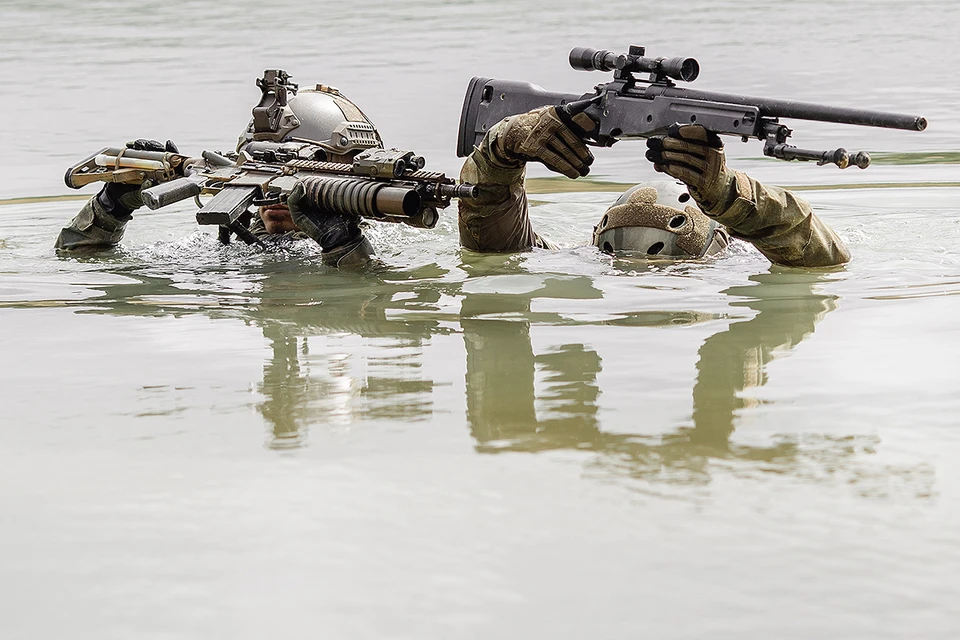

Martin Kovac

